As agriculture continues to adapt to the need for more efficient water management, many growers are turning to refined irrigation methods. One such method that has seen increasing integration is precision drip irrigation, which focuses on delivering controlled amounts of water directly to the root zones of plants. Supporting this system is the growing application of the Drip Irrigation Centrifugal Pump, an essential component in ensuring steady and consistent water flow. With its structured mechanics and reliable output, this type of pump is becoming a practical solution for farms aiming to manage their water use more effectively.
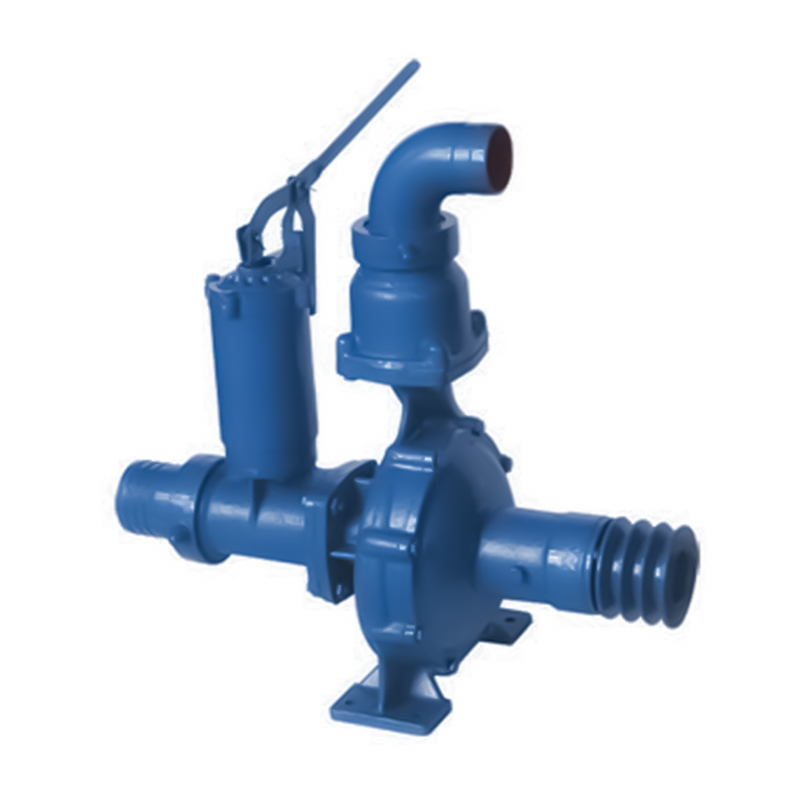
The Drip Irrigation Centrifugal Pump functions by converting rotational energy from a motor into kinetic energy, which then moves water through the irrigation lines. This mechanism suits drip systems that require moderate pressure and consistent delivery over large areas. Compared to older pumping models, these centrifugal units offer simpler maintenance and better compatibility with filtration setups, which are crucial in preventing clogs within emitters.
Alongside the adoption of drip irrigation systems, the agriculture water spray pump continues to serve in broader field applications. While drip methods focus on targeted delivery, spray pumps are frequently used for wider-area watering needs, such as vegetable plots, orchards, and even greenhouse operations. These pumps are designed to handle varying pressure levels, making them suitable for diverse crop types and field layouts. As irrigation strategies become more tailored, farmers are often combining both technologies within the same farm environment.
Water management efficiency depends heavily on the reliable operation of the pumping system. In this context, the Drip Irrigation Centrifugal Pump has become a practical choice for many operations due to its straightforward design and consistent performance in extended use. Its ability to maintain a balanced flow rate even under changing pressure conditions helps support plant health by avoiding both overwatering and underwatering. Moreover, the use of materials resistant to corrosion and sediment build-up makes these pumps viable for long-term agricultural use.
In parallel, the agriculture water spray pump plays a significant role in ensuring that areas not served by drip systems still receive adequate hydration. Its ability to distribute water across a wide radius makes it an important component in areas where soil absorption rates or planting patterns make drip systems less effective. As farms incorporate a mix of irrigation methods, integrating spray pumps into the system helps balance overall water coverage.
Irrigation design teams are increasingly factoring in both pump types when laying out new systems. A Drip Irrigation Centrifugal Pump is typically positioned at the head of a drip system, often near the filtration unit and water source, allowing it to drive water into long distribution lines with uniform pressure. Meanwhile, a separate line powered by an agriculture water spray pump may be set up for areas that require misting, overhead sprinkling, or other surface-level applications.
As farming operations scale or shift to new crops, the modularity of these pump types allows for flexible adjustments. For example, switching from surface crops to row vegetables may involve adding more emitters and enhancing the capacity of the Drip Irrigation Centrifugal Pump to match demand. Similarly, seasonal changes may call for the agriculture water spray pump to be modified with nozzles suited to different watering intensities.
Together, these pumps offer adaptable solutions for modern farms seeking efficient irrigation. The Drip Irrigation Centrifugal Pump supports the precision necessary for targeted watering, while the agriculture water spray pump addresses broader-area needs. As climate patterns shift and water conservation becomes more urgent, the effective use of these technologies may contribute significantly to sustainable food production.

 English
English русский
русский Español
Español
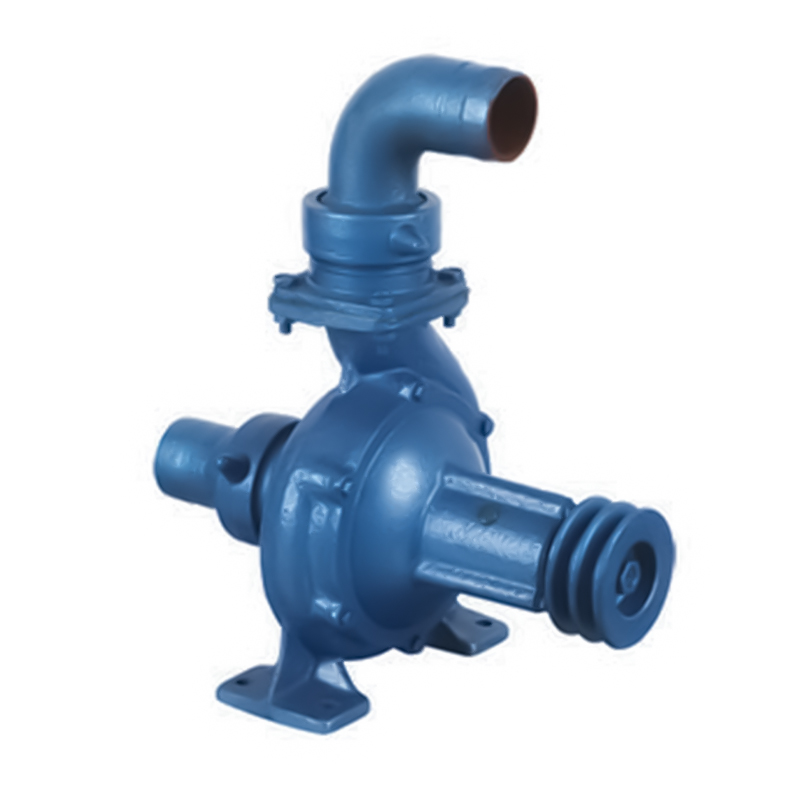
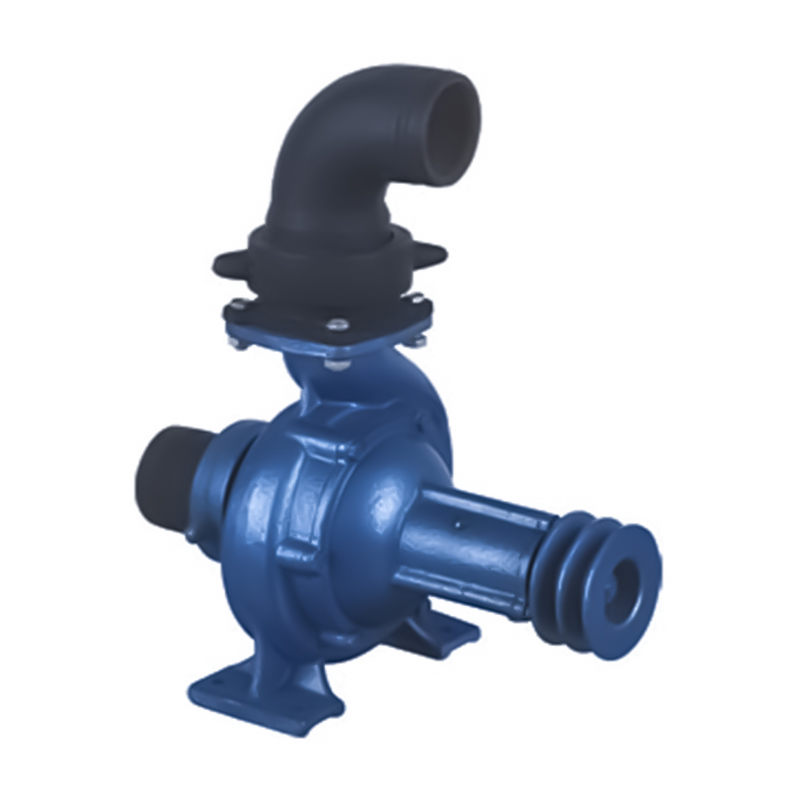

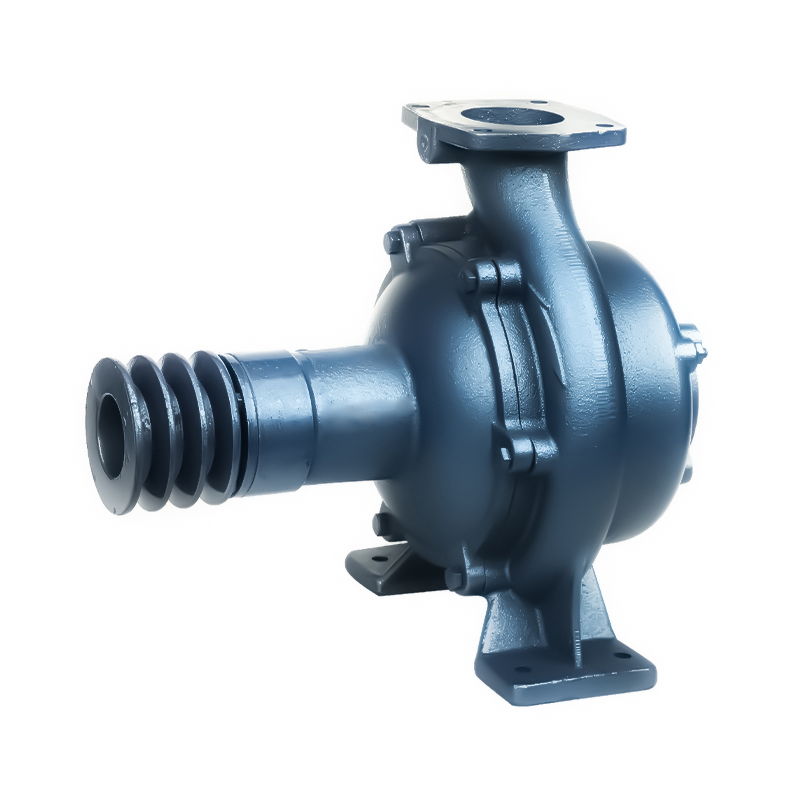
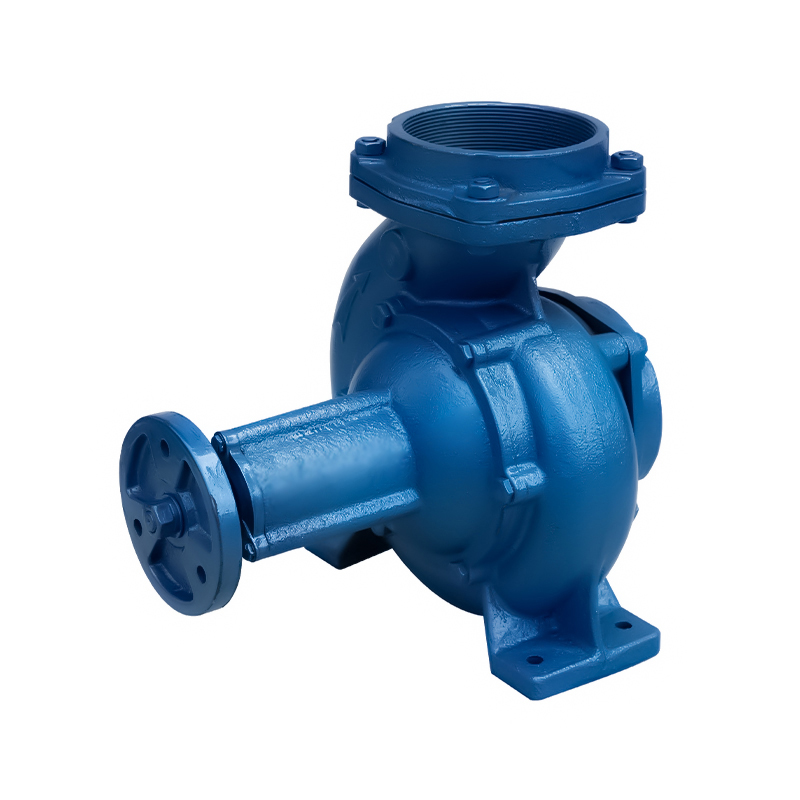
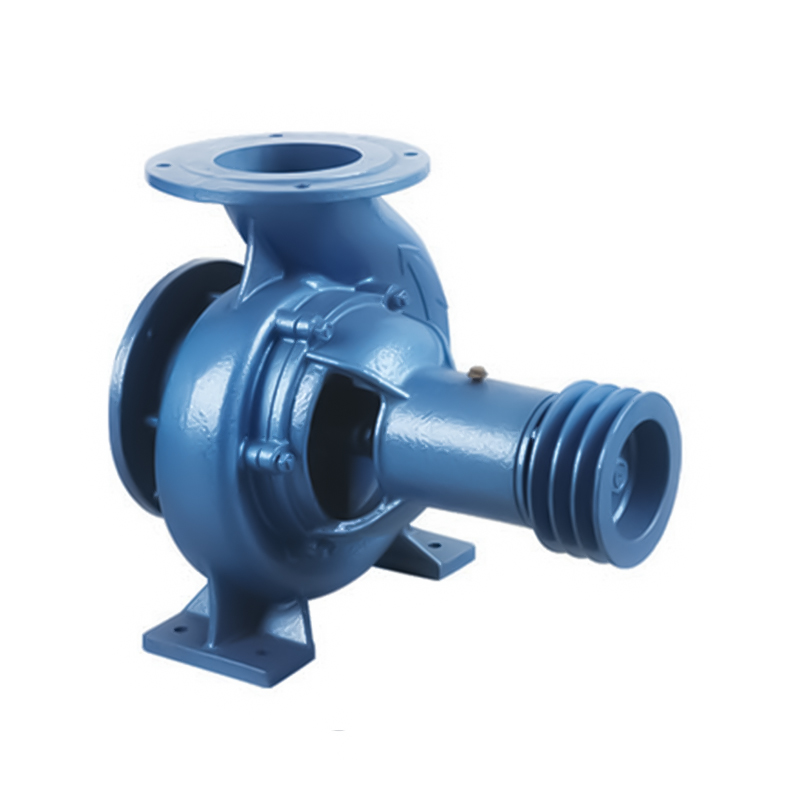
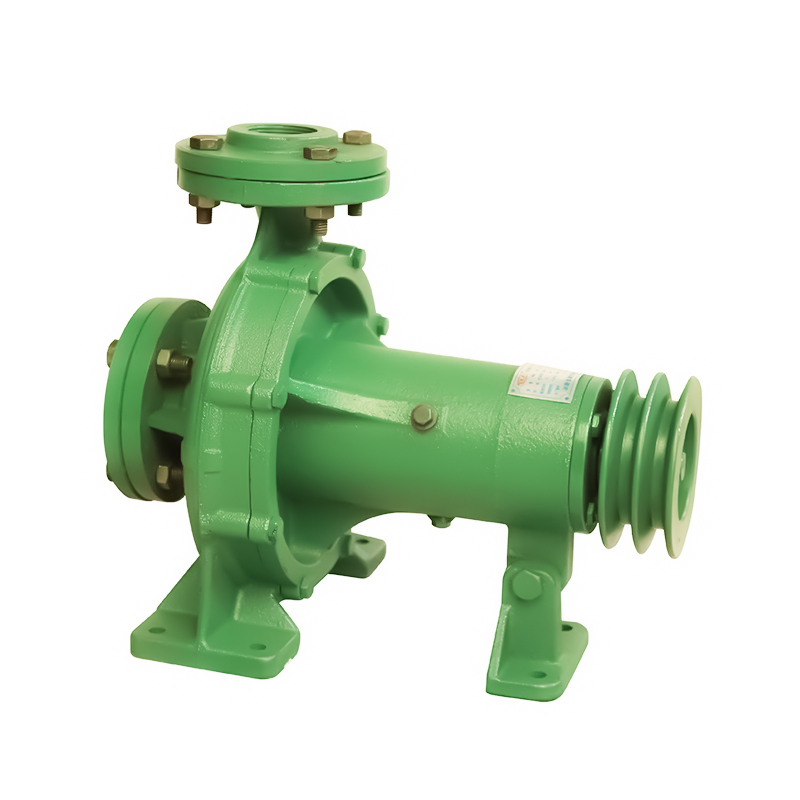

 Email:
Email:
 Phone:+86-13605899207
Phone:+86-13605899207

